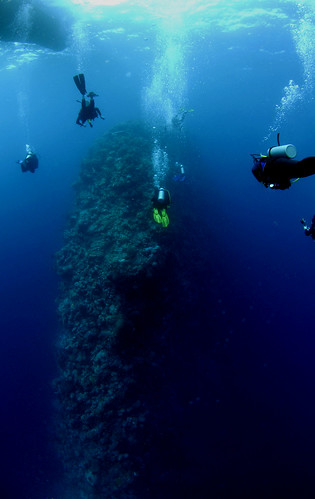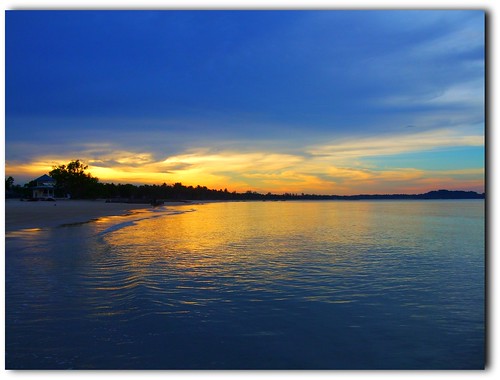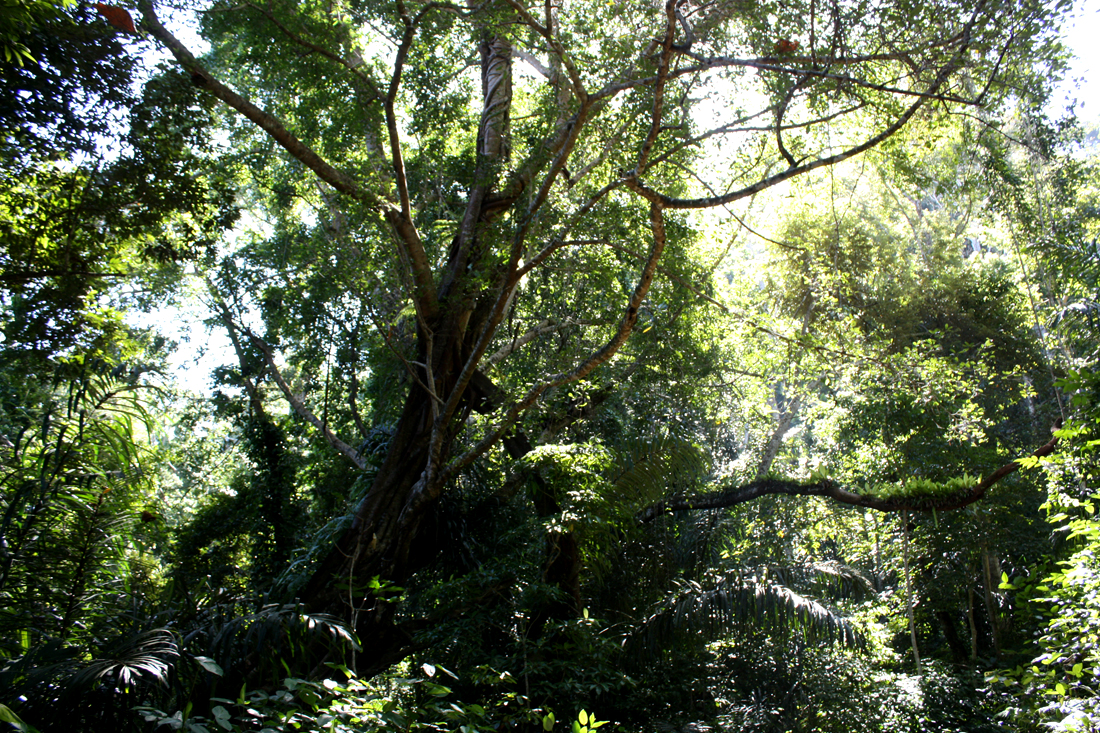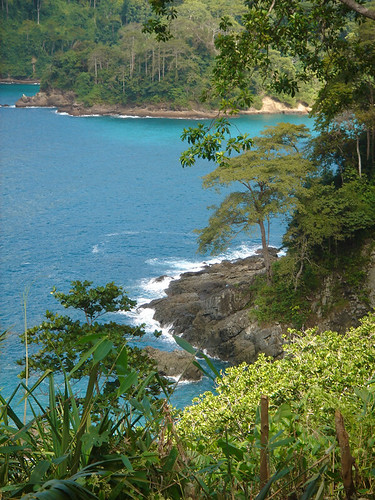Derawan Island is a 33 ha island located in Berau regency, province of East Kalimantan, Indonesia.
 Derawan Island has beautiful panorama with clean white coast with adjoining coconut palm forest, and a number of small villages encircle island. This place has known as sea tourism location especially for dive and snorkeling activities.
Derawan Island has beautiful panorama with clean white coast with adjoining coconut palm forest, and a number of small villages encircle island. This place has known as sea tourism location especially for dive and snorkeling activities. The marines around Derawan Island is rich with fish especially a kind of fish that always forage on the surface of water whereas birds fly above it to pounce adrift food on the sea. Green tortoise, which is scarce laid eggs along the Derwan Island beach, is not far from diving Derawan Dive Resort location.
Derawan sometimes suffers from reduced visibility, but has a diversity of marine life to hold one's interest, including even the most jaded diver - huge lavender seafans, cuttlefish, which pose for photographers, green sea turtles, flat worms and nudibranchs galore, unusual tube anemones, blue-ribbon eels and multi-coloured crinoids. Some of the best diving can be had in the 5 m of water at the end of the Derawan pier, where you will find many of the common Pacific sea creatures - anemonefish, lion and fire fish, puffers, anthias, turtles and schools of batfish, and rarities such as tiny scorpionfish, pipefish, seahorses, green mantis shrimp, squid and many other nudibranchs and tunicates. [from many sources]
See The Beauty



























